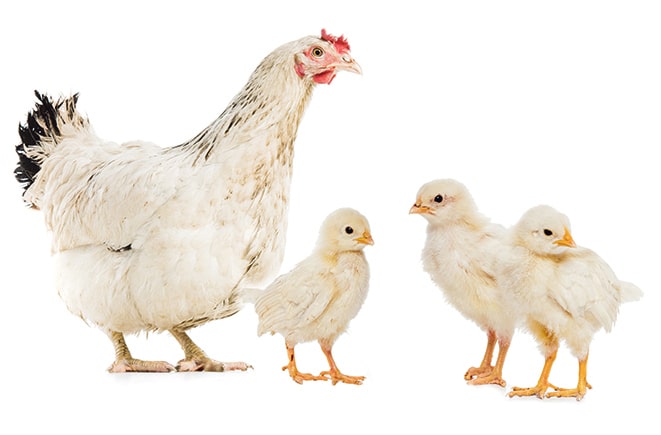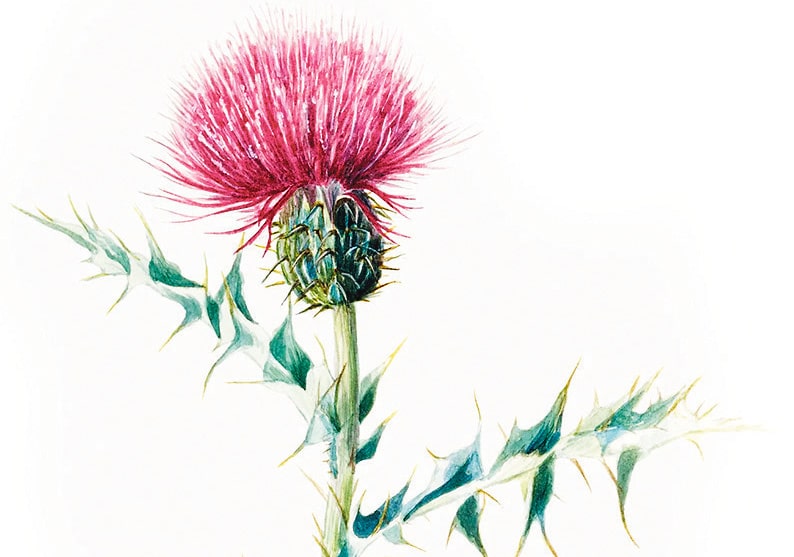The policy of replacing the Irish language with English began in the 14th century, but was largely unsuccessful until the nineteenth writes Eugene Daly. The defeat of the Irish at the Battle of Kinsale in 1601 was the beginning of the end of the old Irish order, but the native […]
Fact & Folklore
The ever-changing moon was an object of mystery and superstition in ancient Ireland. The old Celtic druids placed great emphasis on the moon and arranged their calendar by it. It was believed that any work or business undertaken when the moon was growing (waxing) would be successful. Work begun when […]








